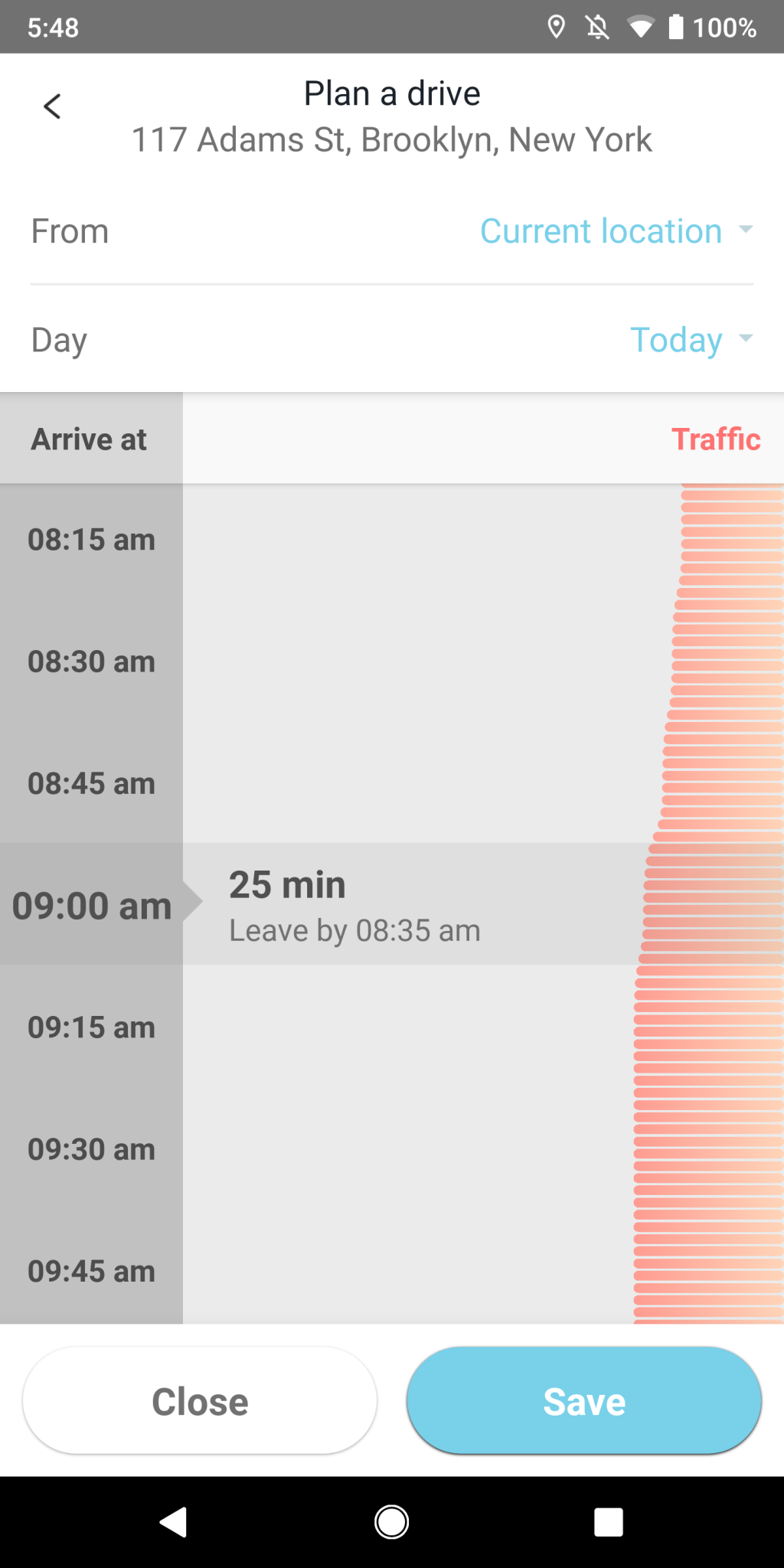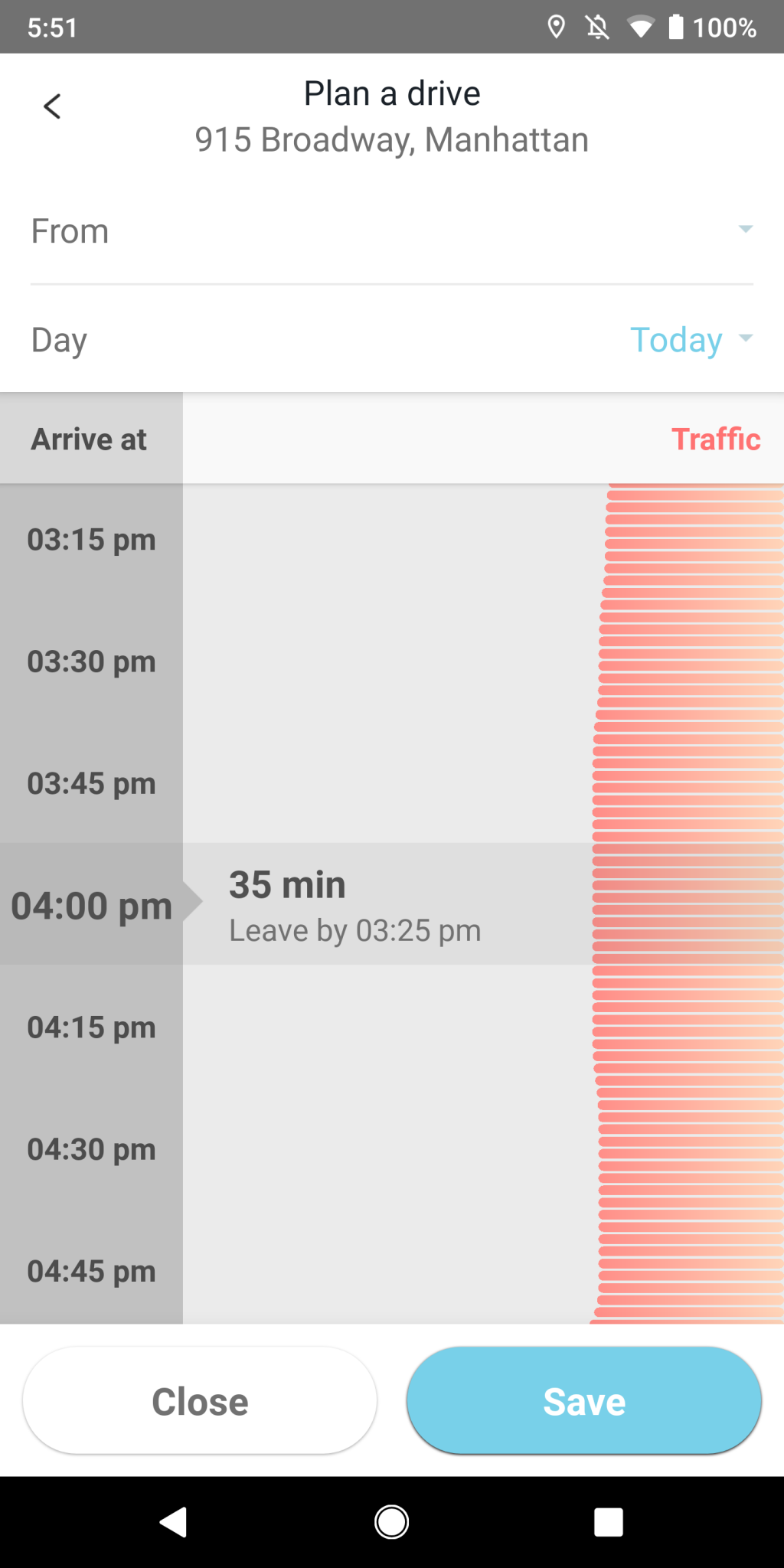I believe that negotiating is more of an art than a science. There are certainly strategies and skills that one can develop that make for better outcomes.
But the art comes into play in figuring out what the person or people on the other side are optimizing for and adopting a strategy that reflects that.
I have found that a single style and strategy rarely works well for every situation.
Let’s take the important question of whether you should make a “take it or leave it” offer and then draw a hard line on that offer or whether you should make an offer that has a fair bit of negotiating cushion in it.
Some people like to negotiate and expect to negotiate. If you make a hard line offer and refuse to negotiate with them, they will be frustrated with you and may seek out other offers. Or if they do end up transacting with you, they will feel burned by the negotiating process and you will be starting off the relationship on the wrong foot
If you make an offer that has a lot of room for negotiating, they may actually enjoy the experience and come away feeling like they got a good deal from you.
I like to shake hands at the end of a negotiation with both parties pleased with where they ended up. That is particularly important when you are entering a long term relationship like a venture capital investment.
It is also critical to know what your “must haves” are going into a negotiation and what you can give on.
Another form of negotiating art is how you reveal your must haves and where you are flexible. I have found that it is not helpful to a negotiation to lay all of that out at the start. There is a lot of value in a discovery process. It is a bit like dating. Each side reveals a bit about themselves to the other and that is also very helpful at the start of what might be a long relationship.
All that said, there are times when drawing a hard line is appropriate. If the other side has all of the leverage then it is often best to make your best offer and say take it or leave it. If, for example, the other side has used a process to drive price discovery and possibly discovery around other key terms and has multiple offers, you are not going to win the deal with the low ball offer with negotiating room. You have to give it your best shot and then walk if you can’t win on that basis.
Like most art, it takes some time to learn all of this. You can take a class or a workshop on negotiating tactics and learn the fundamentals. I would strongly recommend that for young folks just getting started in business.
But when it comes to learning how to size up the other party, well that takes time. You have to mess up some negotiations, lose some deals, and possibly win some on terms you later regret.
It is that last bit, living with the terms you negotiate, where the greatest learnings come. I have found that a very powerful argument in a difficult negotiation is when you say “I did that once, I deeply regret it, and I’m never doing it again.”


